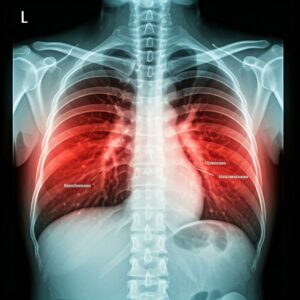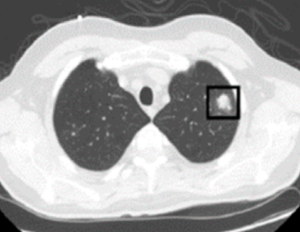Seasonal allergies, also known as hay fever or allergic rhinitis, affect over 20% of the global population. While most individuals experience mild and occasional symptoms, early treatment with over-the-counter medications can effectively manage them. This article provides a comprehensive guide to understanding seasonal allergies.
What Causes Seasonal Allergies?
Seasonal allergies occur when the immune system overreacts to airborne allergens, primarily pollen. Common triggers include:
- Tree pollen (spring)
- Grass pollen (late spring to summer)
- Weed pollen (fall, especially ragweed)
- Mold spores (thrive in damp, leafy areas year-round)
The severity of symptoms varies depending on geographical location, individual immunity, and the age at which a person is first exposed to pollen. If your immune system contacts the pollen at a young age, it will help develop tolerance and reduce the likelihood or intensity of allergic reactions later in life.
Symptoms: Is It Allergies or a Cold?
Allergy symptoms often resemble colds but have key differences. Common signs include:
- Sneezing
- Runny or stuffy nose
- Itchy eyes, throat, or ears
- Watery, red eyes
- Fatigue or headaches
Colds are caused by respiratory viruses, and Allergy is an immune reaction. Unlike colds, allergies do not cause fever and tend to persist through the pollen season.
Diagnosis
If allergies disrupt your daily life, consulting a specialist can help pinpoint triggers. Common diagnostic tests include:
- Skin prick tests to identify allergens
- Blood tests to detect allergy-related antibodies
However, these tests only provide evidence that your immune system reacts to certain allergens or not. They cannot differentiate between acute v.s. inactive seasonal allergies.
Treatment Strategies
A combination of medications and preventive measures can provide relief:
- Medications:
- Antihistamines (e.g., cetirizine, loratadine) block the interaction between histamine and receptors to prevent the release of other chemicals and relieve symptoms.
- Nasal corticosteroids (e.g., fluticasone) or antihistamine (e.g., azelastine) reduce inflammation and congestion.
- Decongestants (e.g., phenylephrine, short-term use only) relieve nasal stuffiness.
- Antihistamine eye drops relieve watery eyes and irritation.
- Natural Remedies:
- Saline nasal rinses help flush out pollen.
- Keep your room humid.
- Immunotherapy:
- Allergy shots (immunotherapy) or sublingual tablets work by gradually desensitizing your immune system to allergens over time. However, avoiding exposure to allergens remains essential to maximize treatment effectiveness and reduce symptom flare-ups.
Prevention
Minimizing contact with allergens can significantly reduce symptoms.
- Monitor pollen counts.
- Stay indoors on dry, windy days when pollen levels peak.
- Keep windows closed and use an air purifier with HEPA filters.
For those who regularly experience seasonal allergies, starting antihistamines preventively (before pollen levels peak) can help mitigate symptoms.
When to See a Doctor
Seek medical advice if:
- Symptoms interfere with sleep, work, or daily activities.
- Over-the-counter medications provide little or no relief.
- You experience wheezing or shortness of breath, which may suggest asthma.



